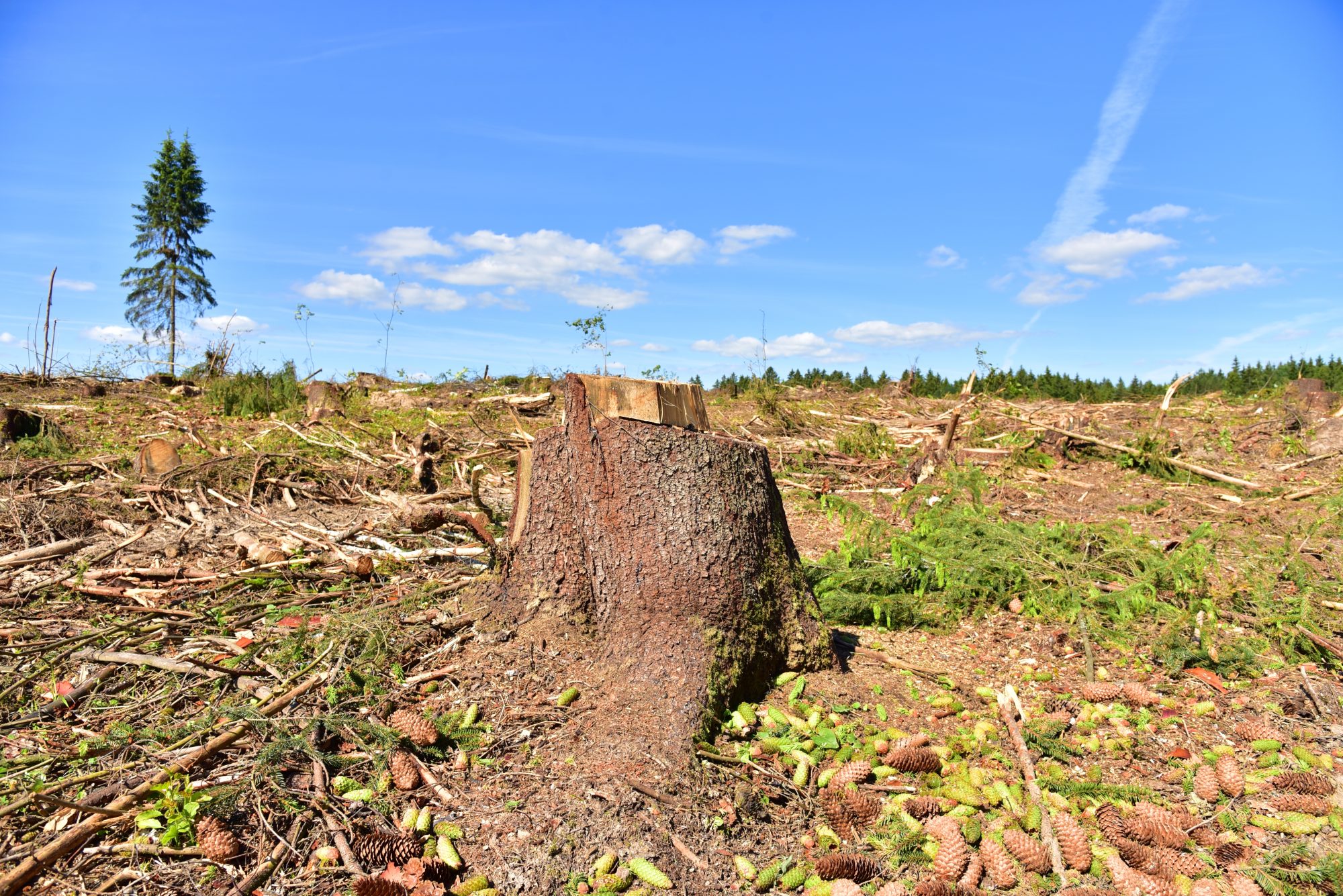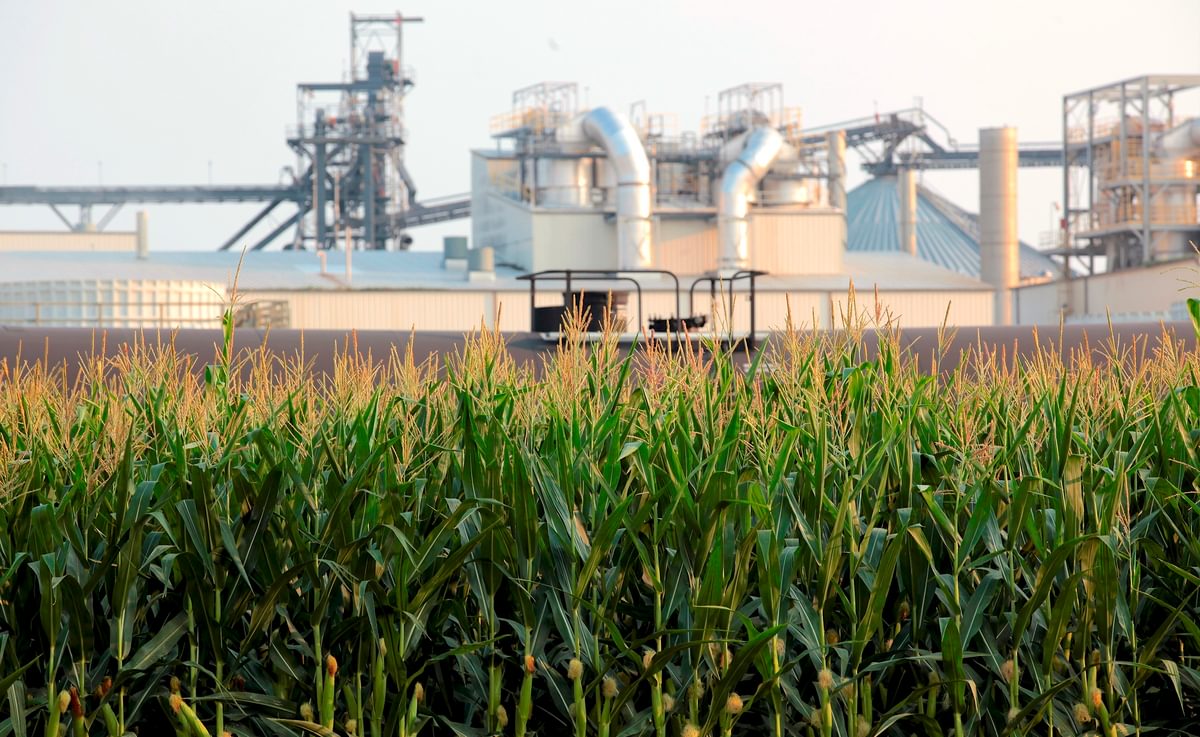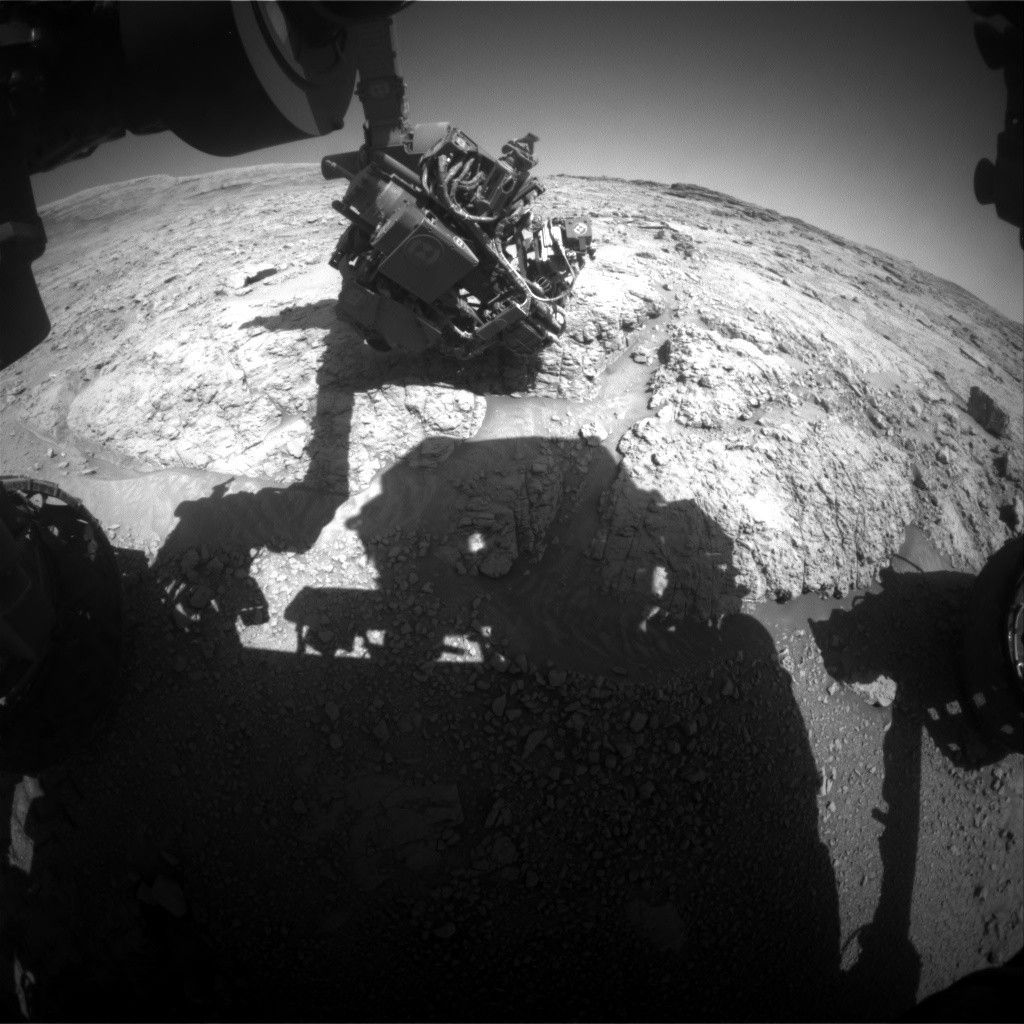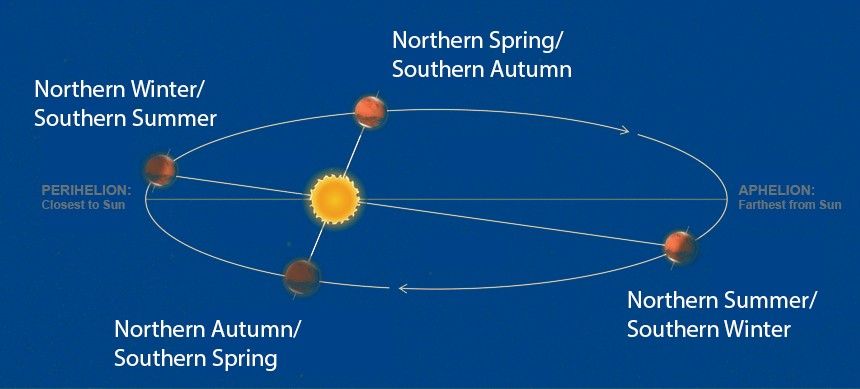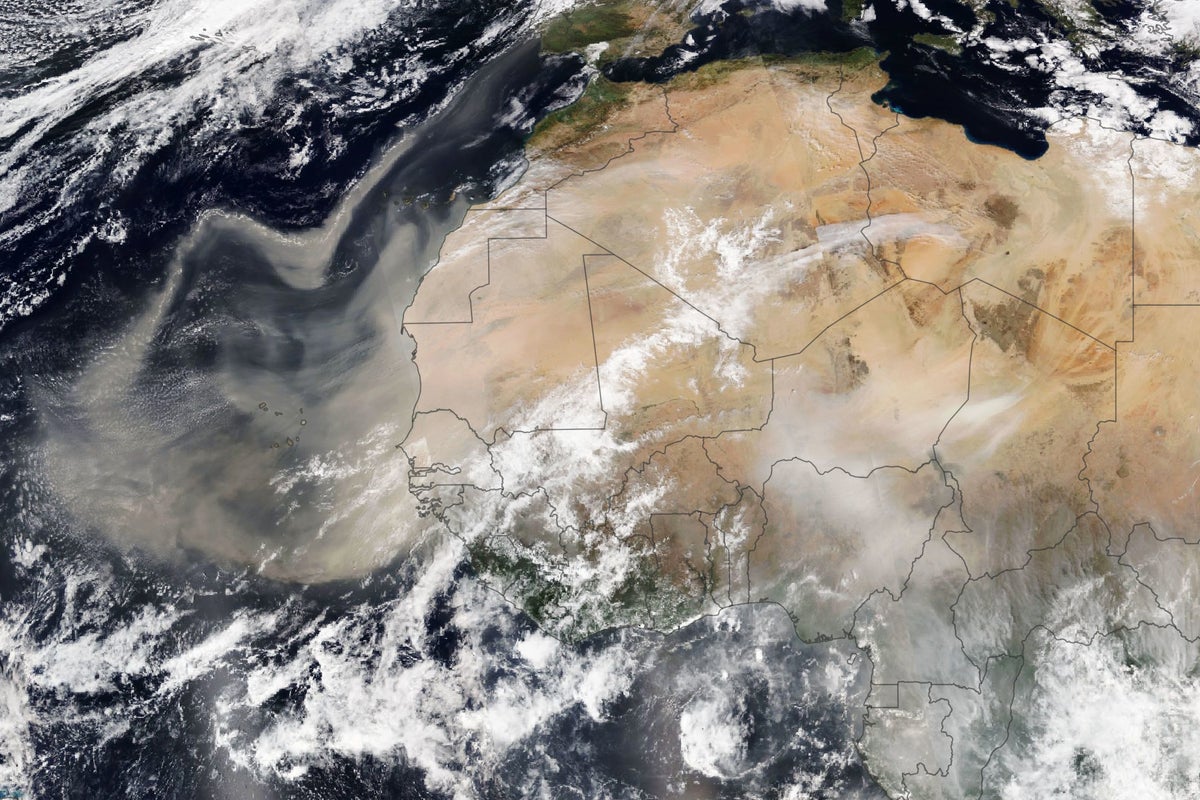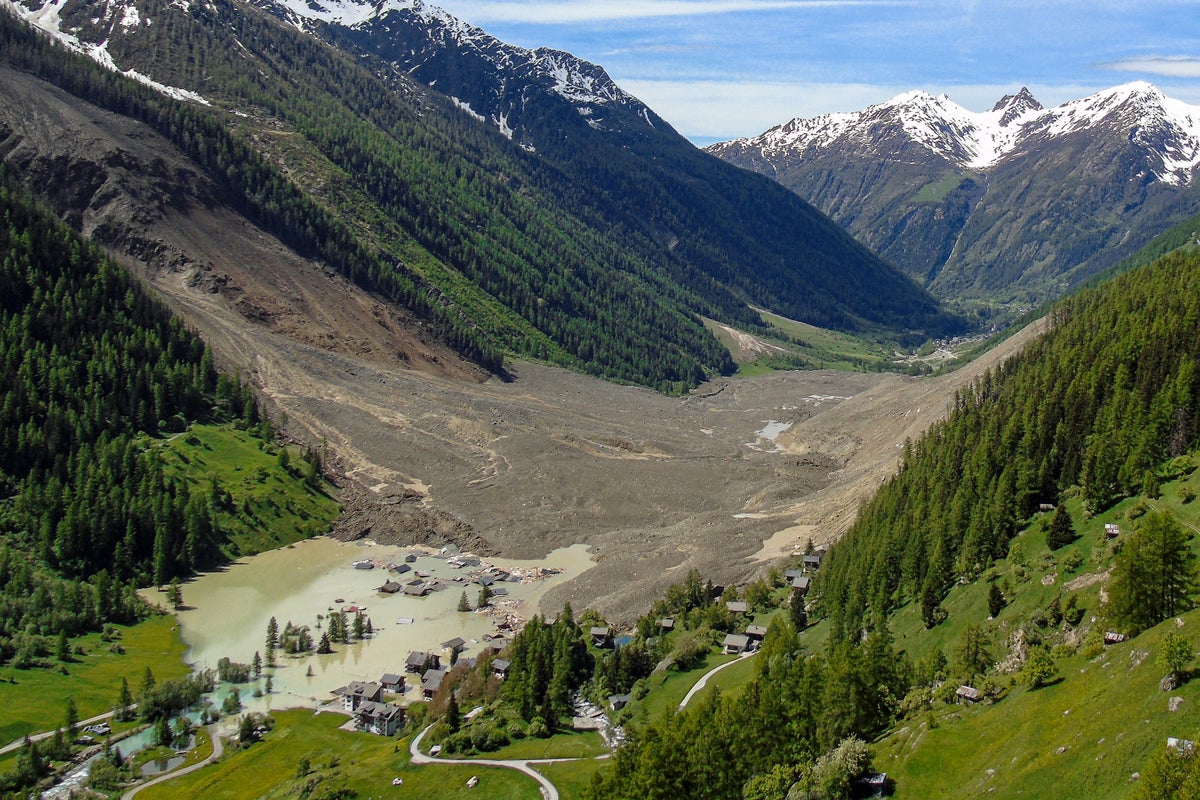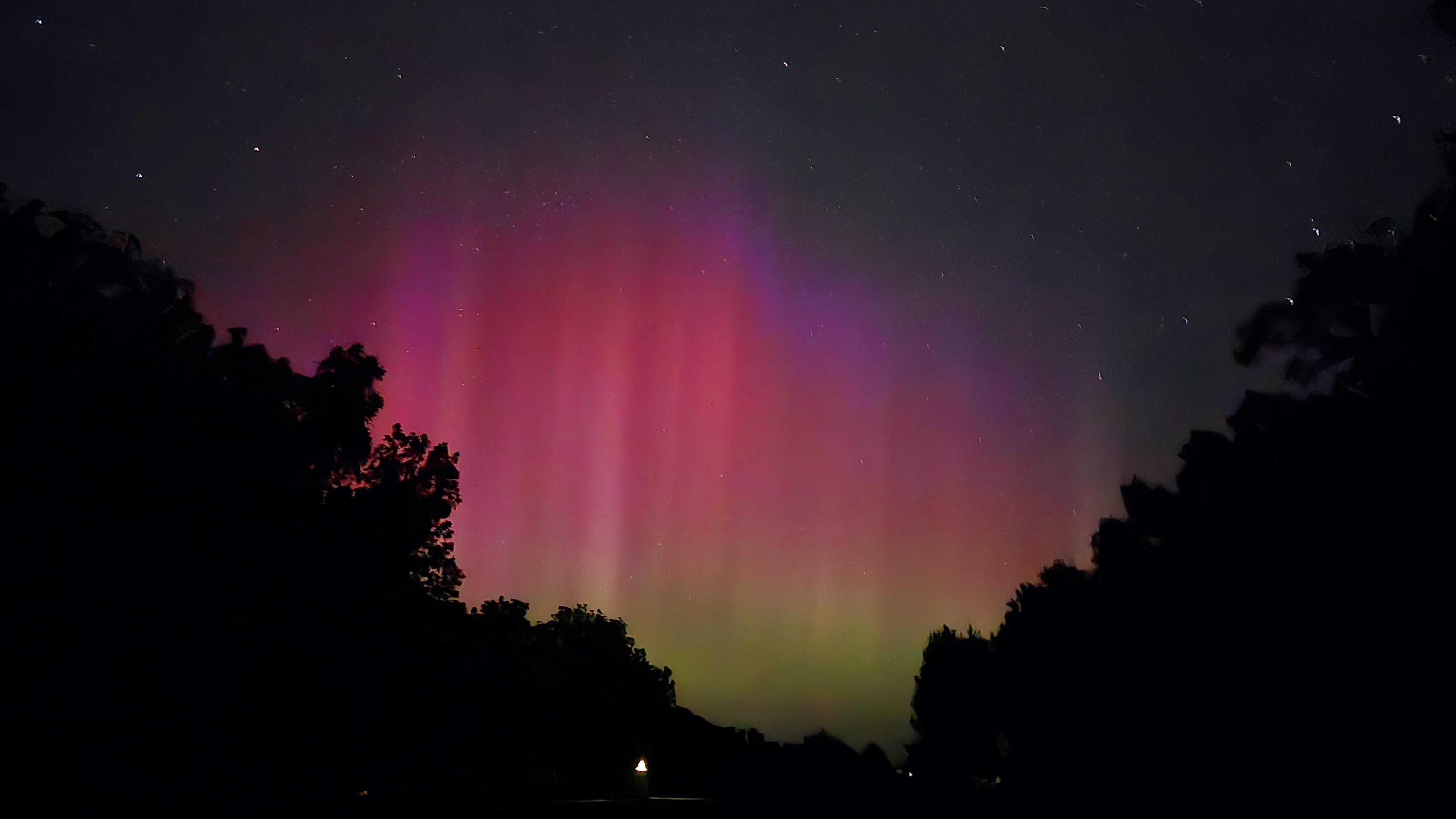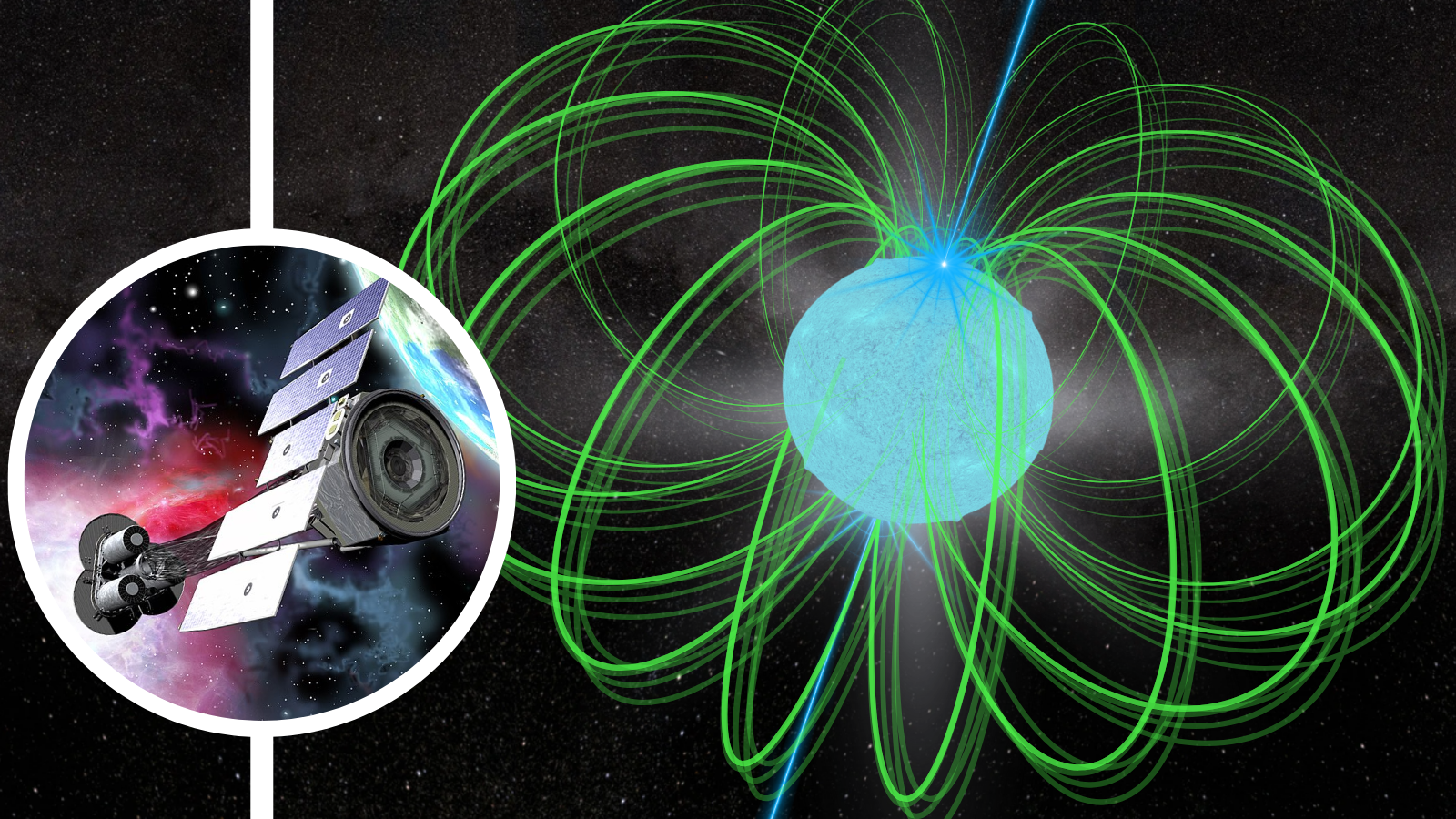What is dew point? A meteorologist explains that sticky air.
Understanding how much moisture is in the air is crucial to forecasting severe storms. The post What is dew point? A meteorologist explains that sticky air. appeared first on Popular Science.

Parts of the United States have gotten an early taste of summer weather, as temperatures and humidity are on the rise. Summer can start to feel particularly sticky when the dew points climb and moisture fills the air. These high dew points don’t just make us feel miserable, but are crucial to forecasting the severe storms that summer brings.
What is “dew point”?
In meteorology, the dew point is a way to measure the amount of water vapor in the air. It is the temperature at which the atmosphere is saturated with water vapor. It is also how many degrees the air needs to be cooled down by in order to achieve relative humidity. While relative humidity also measures water vapor, it is relative to the temperature in the air, and measures the actual amount of water vapor in the air compared to how much vapor can exist in the air at its current temperature.
“At this point the air cannot hold more water in the gas form,” meteorologist Cyrena Arnold tells Popular Science. “Now the reason that that’s a thing is because the warmer the air, the more [water] it can hold.”
Like a bucket, the air can only hold so much water. Once the air reaches 100 percent relative humidity, it cannot hold any more water in its gas form, or water vapor. If the air cools, water vapor comes out of the atmosphere in the form of a liquid, usually as fog or rain.
If it reaches supersaturation–when it contains more water vapor than it can hold–water vapor comes out of the atmosphere in the form of a liquid, usually as clouds, fog, or rain depending on the size of the drops.
For us, dew points that are extremely low means less moisture in the atmosphere and can make you want to bathe in lotion or slather on the lip balm. That just slightly higher or more middle of the road dew point is what we might describe as “crisp.” A higher dew point–like what we see during the summer–makes the air feel wet, stifling, and generally uncomfortable.

The Gulf of Mexico is a big driver of dew points in the US and meteorologists can track dew points as they shift across the country.
“There’s a reason why the higher dew point temperatures are down along the southeast United States,” says Arnold. “You’ll see the ebbs and flows of the Gulf, moisture coming up and then cold air from Canada coming back down.”
Why do we measure the dew point?
That mixture of hot and cold dew points is important for weather forecasting. Dew point is also a good way to figure out how it is going to feel outside.
“If you look at dew points frequently enough, you start to understand what 60 degree dew points feel like. Relative humidity doesn’t quite capture that the same way,” says Arnold. “I think it gives a better and more accurate sense of what the humidity is going to be like.”
How does excess moisture in the atmosphere affect storms?
Dew point also helps in severe thunderstorm forecasting. According to NOAA, severe thunderstorms are more likely when the surface dewpoint is 55 degrees Fahrenheit or higher. The four main ingredients for these severe storms are wind shear, lift, instability, and moisture–or SLIM for short.
“There are no storms without moisture. All four of those are critical like puzzle pieces, but moisture is a big, big part of it,” says Arnold.
The moisture creates clouds and acts like fuel for thunderstorms and can supercharge them by adding to the lift of clouds.
“For every 1,000 feet you go up in the air, the air cools by about five degrees as long as it’s dry,” explains Arnold. “Moist and humid air, especially once it’s condensed, changes at a much different speed. That change is more like between two to five degrees.”
Additionally, the moisture creates a temperature and cooling imbalance, so the clouds rise a lot faster than the air around it. This quicker rising air creates lower pressure on the surface–which yields storms. All of that condensed moist air can cause the clouds to rapidly lift, creating the large, layered, “thunderhead” clouds that can indicate that a storm is headed your way.
Understanding how much moisture is in the air and how high the dew points are can indicate how strong–and dangerous–a thunderstorm is.
“It’s actually quite astounding how important dew point is in weather forecasting. You may think it’s just a measure of humidity, but there’s actually massive amounts of thermodynamics behind the scene,” says Arnold.
[ Related: Why 60 degrees in fall feels different than in the spring. ]
Why do higher dew points feel so gross?
Just like with high humidity, higher dew points make it so that our body’s internal air conditioners–aka sweating–just don’t work as well. Our sweat glands constantly release fluids onto the surface of the skin. That fluid then cools when it evaporates, physically pulling heat away from the body.
When the air is dry, that happens very quickly and takes less work for our bodies. If it’s humid, your body will sweat and the water will not evaporate.
“If it is 100 degrees outside with a dew point in the 70s, there is not a lot of extra space for the air and that water vapor to go,” says Arnold. “It won’t evaporate because the air around it is already really, really saturated, so you’re not getting that cooling effect because there’s so much moisture already in the air, it takes a little bit more energy in order to get that evaporation process.”
How to stay safe when the dew point climbs
The same safety guidelines to use during increasingly deadly high temperatures also apply when the dew points rise.
“It feels a lot warmer than it actually is, simply because your cooling process has to adjust in order to cool and it takes a lot more energy to cool your body in those temperatures,” says Arnold. “Your body is acting as if it were a much warmer temperature when that humidity increases.”
Drink as much water as you can, wear loose fitting clothing, turn those fans on when inside to circulate air, and be mindful of the time you spend outside.
This story is part of Popular Science’s Ask Us Anything series, where we answer your most outlandish, mind-burning questions, from the ordinary to the off-the-wall. Have something you’ve always wanted to know? Ask us.
The post What is dew point? A meteorologist explains that sticky air. appeared first on Popular Science.
















